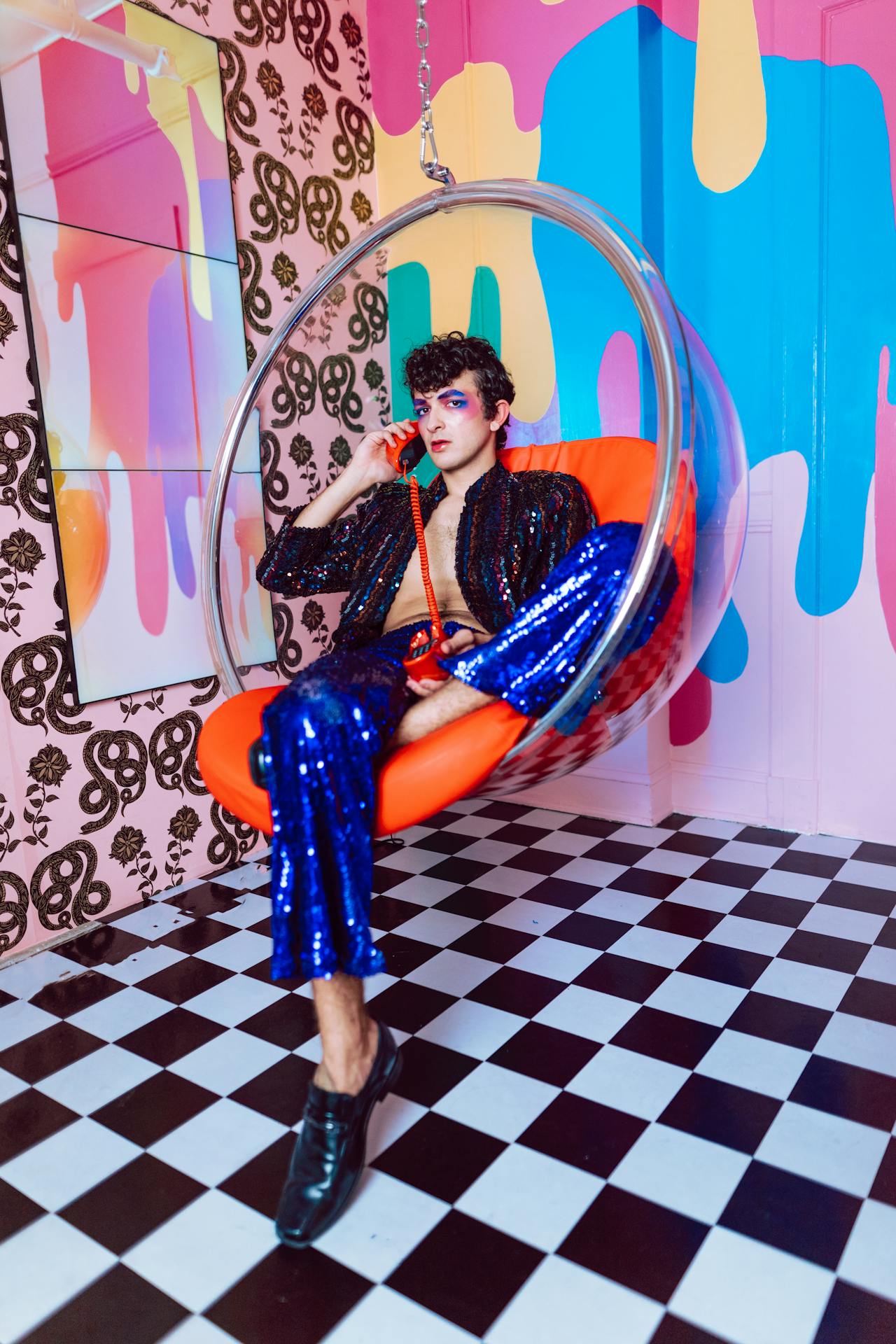The Moodboard Generation: How Young Creatives Blend Fashion, Film, and Art into One Visual Identity

In an era of nonstop visual content, style has become more than just what we wear — it’s the sum of the images, sounds, and moods we choose to associate with. Enter the Moodboard Generation: a wave of young creatives who don’t just consume culture — they curate it, remix it, and wear it like a second skin.
Through a blend of fashion, film, and art, this generation is shaping a new kind of identity — one that’s not tied to labels, but to aesthetics. Whether it’s through TikTok edits layered with indie soundtracks and vintage film cuts or stylized Instagram carousels channeling runway looks and gallery inspiration, today’s cultural tastemakers build their world through visual storytelling.
Even entertainment platforms are embracing this design-first approach to appeal to these aesthetic-driven users — platforms like HighRoller combine art direction with user experience to offer stylized, immersive environments for play and exploration.
Fashion as a Visual Language
Fashion has always been a way to express who we are — or who we want to be. But for Gen Z, fashion isn’t just worn; it’s curated like a digital gallery. Instead of following rigid trends, this generation borrows from archives, street style, avant-garde runway, and vintage aesthetics to build a personal moodboard.
Apps like Pinterest, Depop, and Instagram serve as creative platforms as much as marketplaces or social networks. Users are creating layered identities through moodboards that blend style references — from 90s rave culture to Y2K futurism to normcore minimalism.
Even luxury houses have responded, creating campaigns that feel more like art installations than advertisements. It’s no longer about the item — it’s about the mood it creates.
Cinema as a Style Blueprint
From Wes Anderson’s color palettes to Sofia Coppola’s slow frames, modern youth culture consumes cinema not only for storytelling but for aesthetic reference. Visual language in film — costumes, sets, lighting — has become as influential as the plot itself.
Platforms like Letterboxd now function as cultural spaces where young people not only log the movies they watch but express who they are through those films. A user’s top four favorites say more than a bio ever could.
Independent films and cult classics in particular have seen resurgences not because of studio pushes, but because they’ve been adopted as style icons. Think of the fashion revival of films like Heathers, Clueless, or Marie Antoinette — all staples on TikTok and Instagram edits.
Art and the Digital Moodboard
The traditional art world is no longer separated from fashion or film. Instead, young artists are blending mediums across their social platforms, treating their feeds like a constantly evolving digital portfolio.
From glitch art and AI filters to analog collage and editorial photography, the idea of what counts as “art” is shifting. These formats become sources of inspiration just as much as they are final products.
Sites like Artsy explore how young artists are redefining visual culture through cross-genre experimentation — a key feature of the moodboard mindset.
Identity Without Borders
What makes this generation different isn’t just that they’re borrowing references — it’s that they’re doing it with intention. They don’t just copy; they curate. A Gen Z creator might wear a Japanese workwear-inspired outfit, shoot it on VHS camcorder, score the video with French synth-pop, and caption it with a quote from David Lynch. It’s aesthetic fusion with a purpose.
Their identity is less about labels (punk, preppy, minimalist) and more about vibe. Everything is chosen for how it feels and what it evokes — not just how it looks.
The Rise of Aesthetic Communities
TikTok “cores” — from cottagecore to weirdcore to dark academia — are just modern evolutions of subcultures. But instead of being rigidly defined, these aesthetics are fluid, remixable, and deeply personal.
Moodboards allow people to find others who resonate with the same visual and emotional tones. It’s not about fitting into one group — it’s about orbiting in and out of multiple aesthetic galaxies.
And this culture doesn’t exist in a vacuum. Brands, content creators, and even musicians are tapping into these visual themes to stay relevant and aligned. From album drops with moodboard teasers to fashion lines that reference micro-aesthetics, everyone is speaking this new visual language.
Creative Tools of the Trade
What makes this all possible is the abundance of accessible digital tools. Photo editing apps, collage software, preset filters, and video editing platforms let anyone become a digital art director.
Even Canva and Instagram Layout are now creative playgrounds for building narrative aesthetics. It’s less about technical skill and more about storytelling through mood — using textures, colors, typography, and composition to evoke something specific.
With so many platforms and tools, the line between consumer and creator is blurred. Everyone can participate in shaping the visual landscape.
From Moodboard to Movement
This movement isn’t just about art or style — it’s about how culture is communicated. Young creatives today speak in images. They connect through shared visuals, remix culture, and design choices. Their identities live on moodboards, manifest in their fashion, echo through their playlists, and show up in their creative work.
And it’s not just a trend — it’s a new cultural language, one that merges style, substance, and storytelling into one cohesive visual identity.